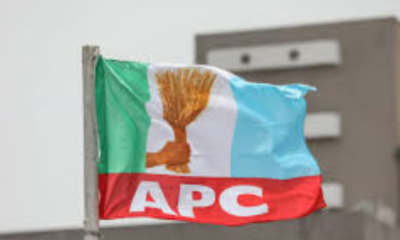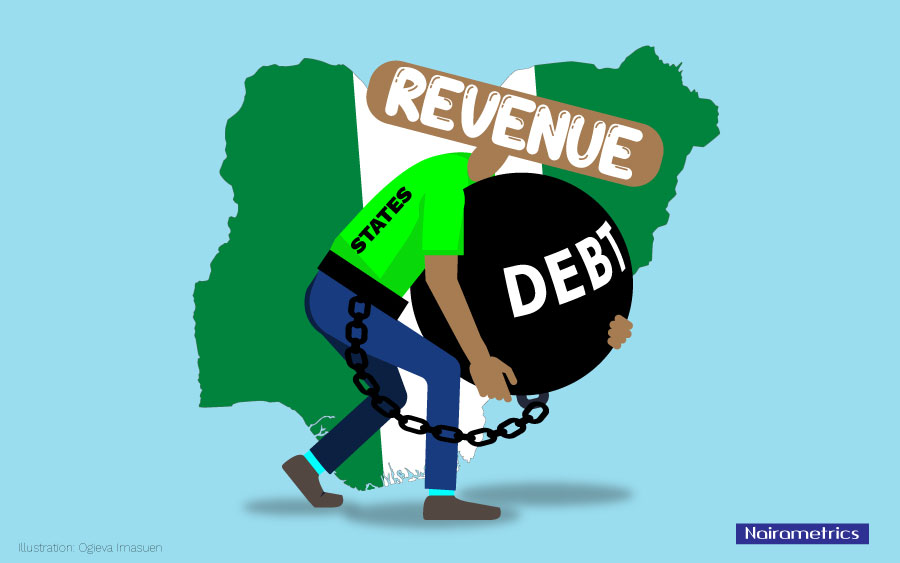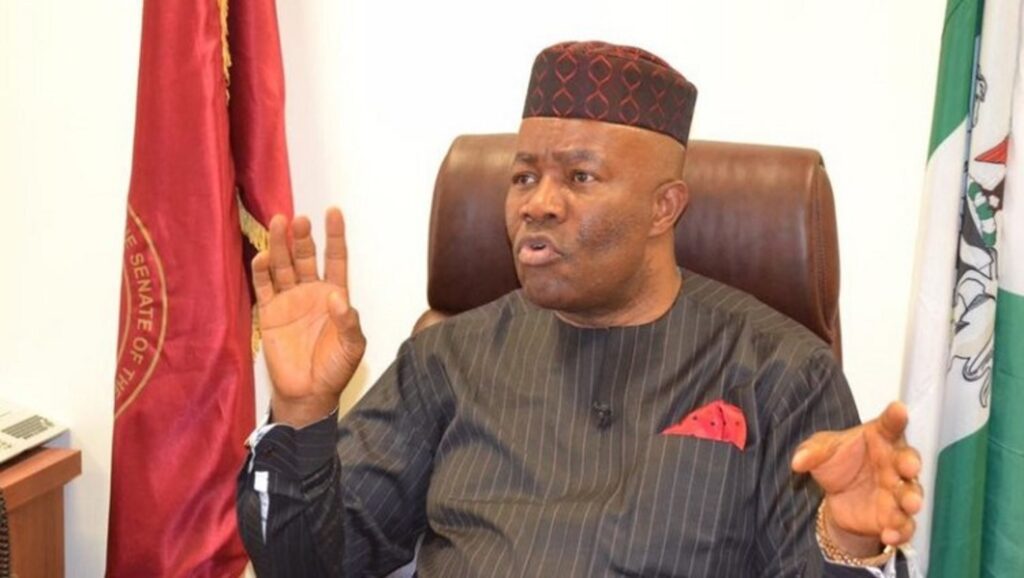Ogun State had net revenue of N39.64 billion, a debt of N130.42 billion and a debt to revenue ratio of 328.97%. The state, therefore, had passed the limit set by the DMO by 278.97%.
For Plateau State, the revenue stood at N43.89 billion while the debt stood at N109.23 billion. The debt to revenue ratio stood at 248.9% while it had gone beyond the limit by 198.9%.
Edo had net revenue of N69.17 billion, total debt of N171.63 billion and debt to revenue ratio of 248.13%. It overstepped the limit by 198.13%.
For Bauchi, the revenue stood at N54.02 billion while the debt stood at N133.48 billion, thereby giving debt to revenue ratio of 247.1%. The state exceeded the limit by 197.1%.
Adamawa had revenue of N49.51 billion, a debt of N119.68 billion and a debt to revenue ratio of 241.73%. It exceeded the limit by 191.73%.
Kaduna had revenue of N68.84 billion, a debt of N154.4 billion and a debt to revenue ratio of 224.26%. It exceeded the limit by 174.26%.
For Nasarawa, the revenue stood at N47.55 billion while the debt stood at N103.53 billion. The state exceeded the 50% ratio by 167.73%.
Imo had revenue of N54.18 billion, a debt of N117.05 billion and a debt to revenue ratio of 216.04% and therefore exceeded the limit by 166.04%.
Oyo had revenue of N59.29 billion, a debt of N123.75 billion and a debt to revenue ratio of 208.72%. It exceeded the limit by 158.72%.
However, states like Yobe, Jigawa, Katsina, Sokoto and Bayelsa have the least debt to revenue ratios.
Yobe had revenue of N36.21 billion, a debt of N52.87 billion and a debt to revenue ratio of 68.48%. It exceeded the limit by 18.48%.
For Jigawa, the revenue stood at N44.99 billion, the debt stood at N60.33 billion and the debt to revenue stood at 74.58%. It exceeded the limit by 24.58%.
Katsina had revenue of N61.65 billion, a debt of N49.93 billion and a debt to revenue ratio of 80.98%. It exceeded the limit by 30.98%.
For Sokoto, the revenue stood at N54.46 billion, the debt N50.64 billion and the debt to revenue ratio, 92.99%. It exceeded the ratio by 42.99%.
Bayelsa had revenue of N153.1 billion, a debt of N147.43 billion and a debt to revenue ratio of 96.29%. The state exceeded the limit by 46.29%.

 Football5 days ago
Football5 days ago
 Aviation7 days ago
Aviation7 days ago
 Aviation6 days ago
Aviation6 days ago
 Featured3 days ago
Featured3 days ago
 Comments and Issues5 days ago
Comments and Issues5 days ago
 Education4 days ago
Education4 days ago
 Business4 days ago
Business4 days ago
 Featured1 week ago
Featured1 week ago











